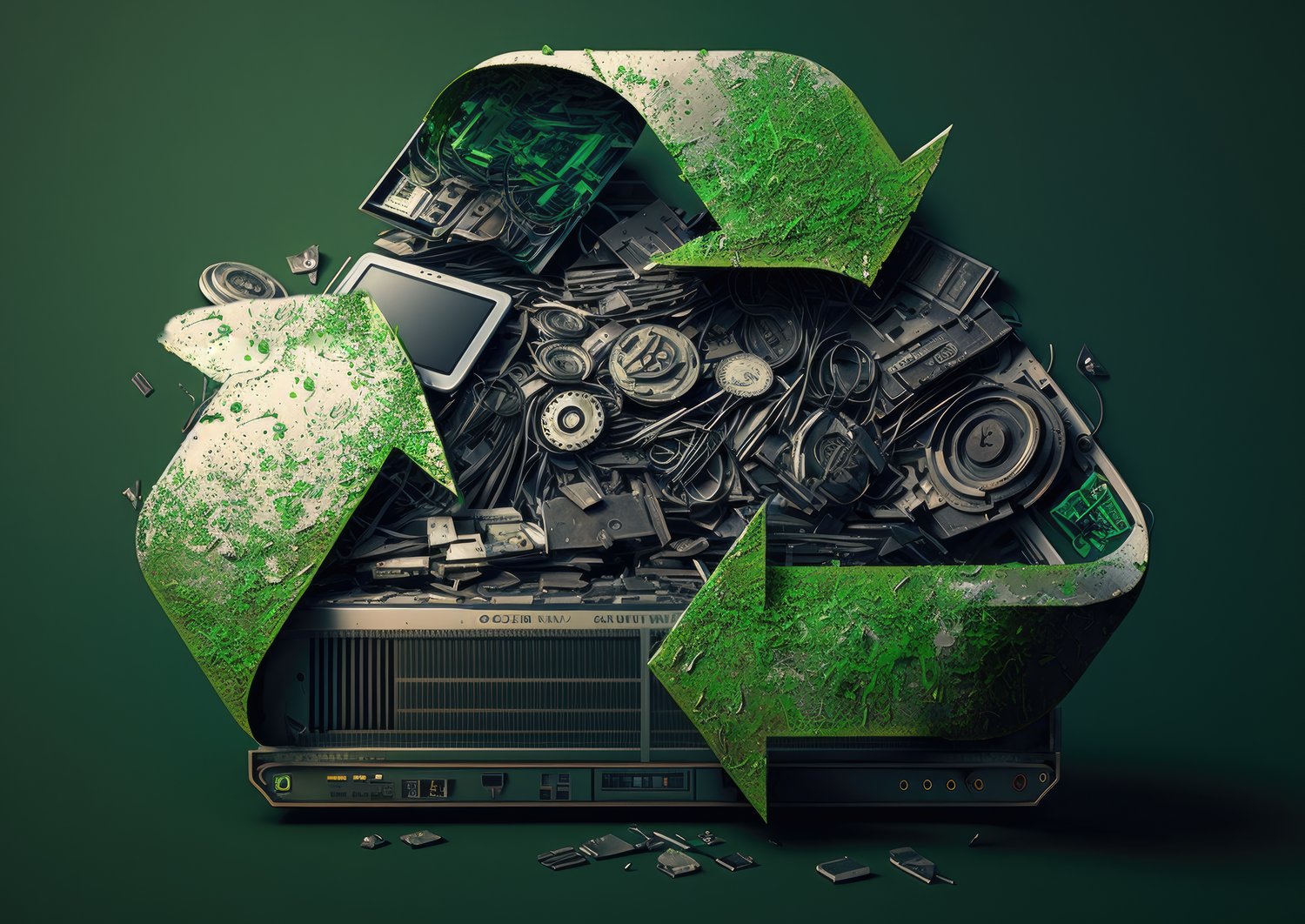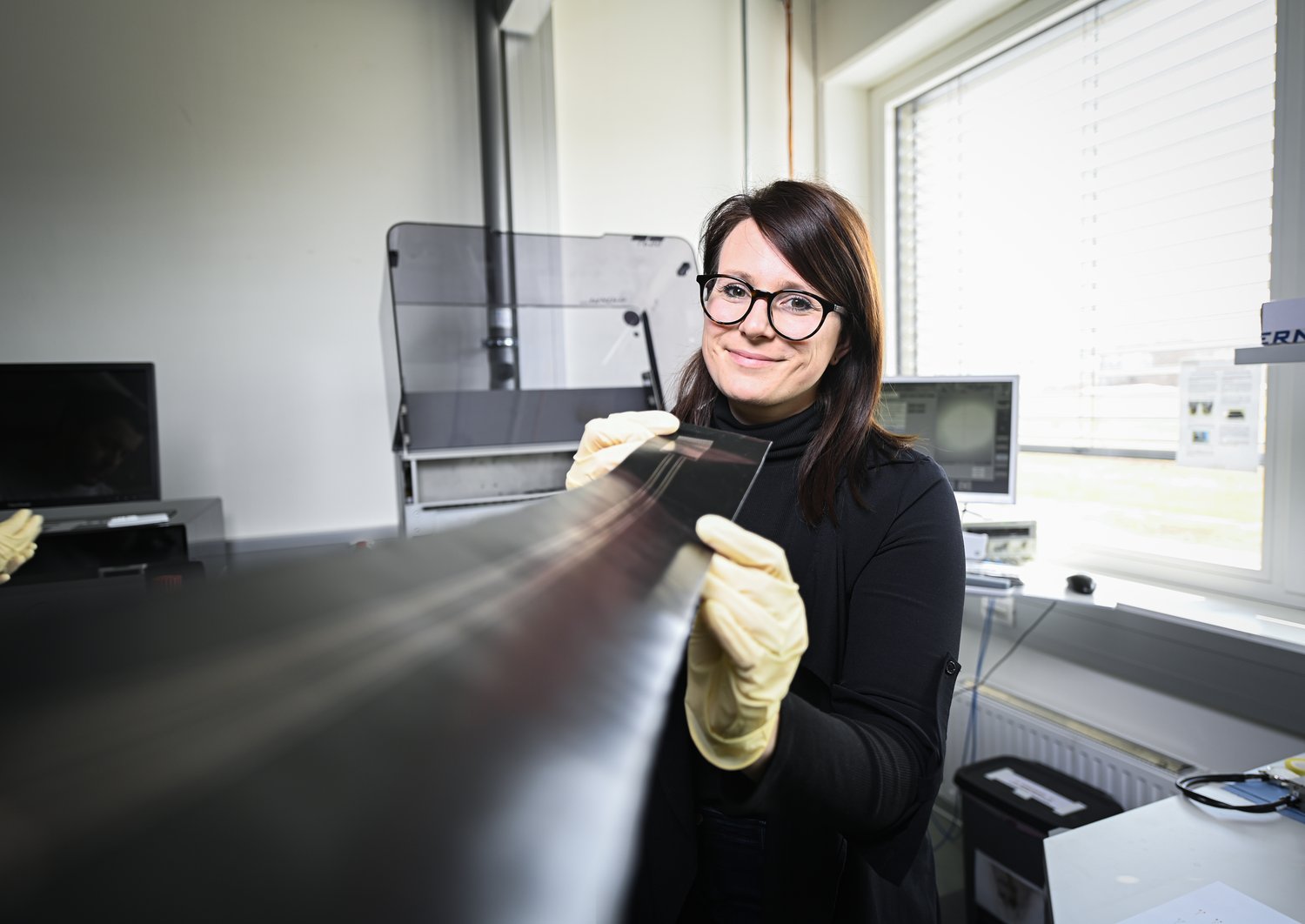Why Now? Three Key Drivers
The global sensor market is expanding rapidly, with an estimated annual growth of ~9% (see Sensor Market Size, Share & Analysis | Growth Report [2032]). From automotive to digital health and industrial automation, sensors are being embedded everywhere to enable real-time monitoring and smart control. At the same time, fields like point-of-care (PoC) diagnostics and smart packaging are also seeing unprecedented growth. These applications often require low-cost, disposable sensors integrated directly into products or packaging. Lastly, electronics already represent the fastest-growing waste stream globally, yet printed sensors embedded in non-traditional products rarely end up in conventional e-waste streams. Instead, they are discarded alongside household waste, leading to a silent loss of valuable materials and a missed opportunity for resource recovery.
What Happens When Sensors Near the End of their Lifecycle?
Printed sensors are typically composed of hybrid material systems, combining elements such as polymer substrates, functional inks, and often a semiconductor chip for wireless communication or data processing. As these technologies are increasingly deployed in everyday applications the question arises: What happens at the end of their short life?
Landfilling: While biodegradable components, such as certain substrate materials, can break down over time, they may emit methane (CH₄), nitrous oxide (N₂O), and CO₂, all of which contribute to climate change. However, non-degradable components such as metal electrodes and microchips are even more concerning, as they remain in the environment for generations.
Incineration (with energy recovery): While a small amount of energy can be recovered from the combustion of carbon-based components, non-combustible materials like silver and copper are too small to be extracted from bottom ash. These valuable and strategic metals are then lost to landfilling or downcycling into construction materials.
Recycling: In theory, recycling is the most desirable path, yet it is rarely feasible in practice. The mixture of materials, use of encapsulants, and embedded chips make it difficult to separate and recover components. Currently, no standardized recycling infrastructure exists for these small, integrated devices.
Bridging the Gap Between Innovation and Waste
In a recent study published by Johanna Zikulnig, Jürgen Kosel (both SAL) and Sandro Carrara (EPFL) in Scientific Reports, the team used life cycle assessment (LCA) to analyze the environmental hotspots associated with printed sensors. Contrary to expectations, they found that substrates, which are often the largest component by weight, contribute relatively little to the overall environmental impact. Instead, it is the functional materials, such as nanoparticle-based inks or embedded semiconductor chips, that dominate environmental burdens. This challenges the intuitive assumption that "bulk equals burden" and emphasizes the need for system-level evaluation in sustainable design.
Moreover, there is a blind spot that compounds the problem: printed sensors integrated into disposable products are usually discarded as part of municipal waste, where they are not recognized as electronics nor sorted for material recovery. This results in the loss of valuable functional materials – many of which are scarce, energy-intensive to produce, or considered strategic or critical by the EU.
Rethinking Design: From Disposable to Responsible
However, these challenges reveal a unique strength of printed electronics, offering the possibility to work with novel or unconventional materials. This opens the door to reducing dependency on critical raw materials – a strategic global priority. Emerging sensor designs increasingly feature bio-based polymers, carbon-rich inks, and functional materials sourced from renewable streams. These innovations don’t just reduce environmental impact, but they diversify material sources, potentially shielding the industry from future supply shocks or geopolitical risks.
Consequently, sustainability also presents a business opportunity: By designing systems around novel, secure, and recyclable material streams, companies can establish greater control over their supply chains and reduce exposure to material volatility. In the long term, such an approach could lead to industry-specific closed-loop ecosystems, where materials are deliberately selected not only for function but also for recoverability, safe degradation, or reintegration into new production cycles.
To realize this vision, however, end-of-life considerations must be part of the innovation process from the start. Without that, the full potential of printed electronics as an enabler of a sustainable, resource-resilient future will remain unexploited. At Silicon Austria Labs, we see sustainability not as a barrier but as an opportunity, and we will continue to develop eco-conscious sensor designs, striving for more transparency on materials and recyclability, and collaborating with partners to define end-of-life pathways. The future of electronics is not just smart. It must be sustainable.






